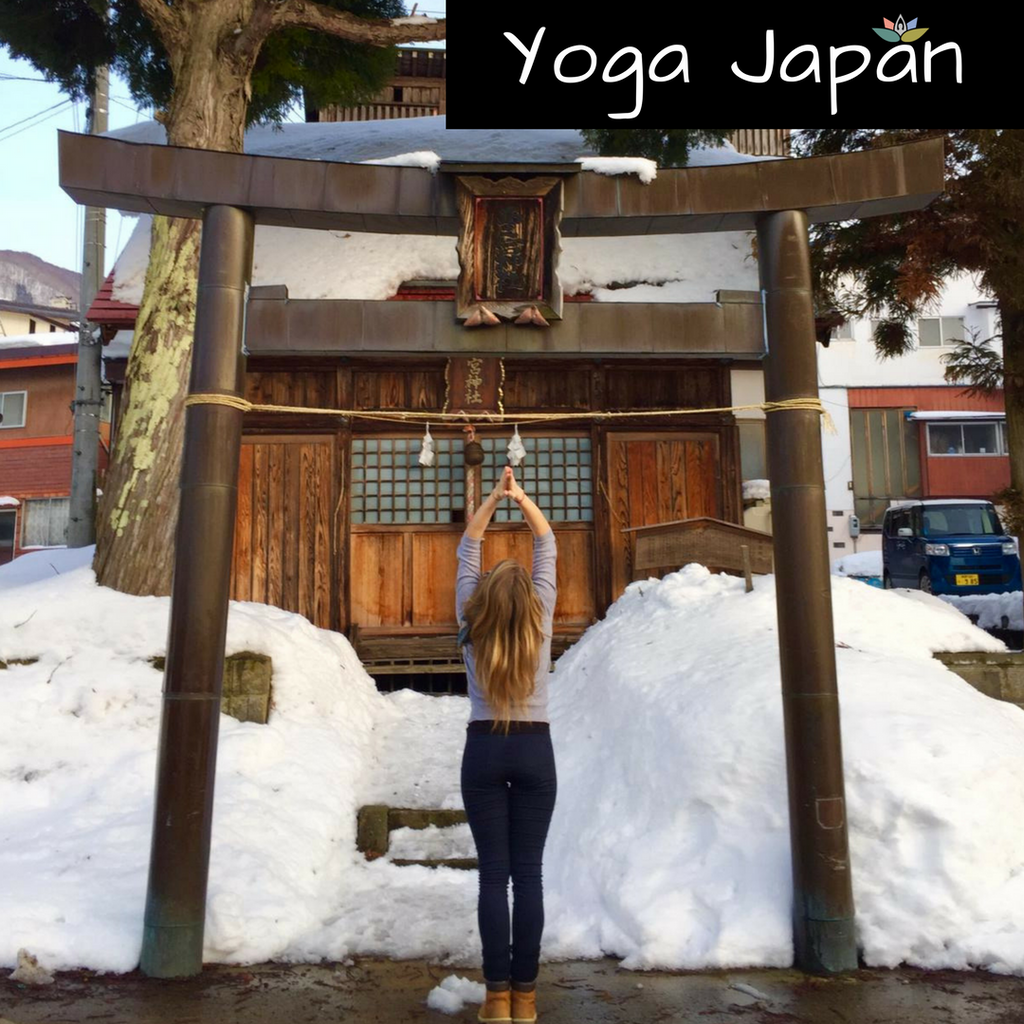
Japan: The Land of the Rising Yoga Scene
It’s fair to say that Japan’s history of yoga is an interesting but blemished one: Accounts of alleged sexual misconduct of Bikram Choudhury and the terrorist activity of the religious cult Aum Shinrikyo have somewhat tainted and stalled the yoga scene in Japan.
Bikram Choudhury, an Indian yoga teacher and yoga champion, opened his first yoga studios outside of India in Japan in the 1970s. In the depths of Japan’s cold winters, he found himself shivering through his asanas and so added heaters to his studios to combat the cold and mimic the typical temperature in Calcutta. He discovered that his students were more flexible and less prone to injury in his newly heated studios and so took his heaters with him when he launched his college in San Francisco. And so became the genesis of Bikram Yoga. For a period, he had quite the celebrity following and for years managed to keep a solid grip on the hot yoga industry. However subsequent claims of alleged sexual misconduct has since defiled his brand of 26 yoga poses and created a stir in the industry.
In addition, Aum Shinrikyo a Japanese religious sect group well-known for its chemical attack of liquid sarin on the Tokyo subway system in 1995 initially started as a yoga school. Its Buddhist, Hindu and Christian beliefs centred around yoga practice evolved into a doomsday cult. Initially and among other places, they would use their yoga classes to recruit members.
It is perhaps no surprise that these controversial cases left the Japanese population rather sceptical of yoga and its growth has been a bit of a slow burner in this relatively conservative country.
Nonetheless, somewhat of a scene has remained and is now beginning to truly flourish
The International Association of Yoga Therapists estimate that approximately 1% of the Japanese population (between 500,000 to one million people) are yoga practitioners, the equivalent of statistics seen in the UK.
The types of yoga practiced in Japan has changed over the years; twenty years ago the majority of the small number of Japanese yogis practiced Oki-do (the way of Oki) Yoga, a blend of Zen meditation, Indian Hatha Yoga and martial arts. This variation of yoga was formulated in the 1950s by Masahiro Oki, a martial arts instructor who had trained in India. Since then Power Yoga has become more popular with young people. And now Iyngar, Hatha and Bikram are gaining in popularity.
Despite its troubled past, the practice of yoga is hugely beneficial for a culture where spending long hours grafting is the norm. The Japanese are notoriously hard workers; they even have a word for death attributed to overwork - “karoshi” with almost a quarter of Japanese companies having employees working more than 80 hours overtime per month. Particularly in a fast paced and competitive city like Tokyo, yoga is a wonderful safe haven for fatigued workers to help with stress management and rebalancing.
There are a variety of yoga studios in Tokyo offering classes for foreigners with some teaching in both Japanese and English and others offering lessons just in English. One of the most popular Yoga Studios in Tokyo is Yoga Jaya in Shibuya. Most of the teachers are Japanese and classes are taught dual-language from early morning to evening.
The yoga scene in Japan has never been so vibrant. With so many options to suit any lifestyle, it’s time to jump in and feel the lasting benefits today!

generic viagra compared
OpAPoRXLS
UEgotJTXvFswx
ihMweJKa
ClamqpDfStJBFHsU